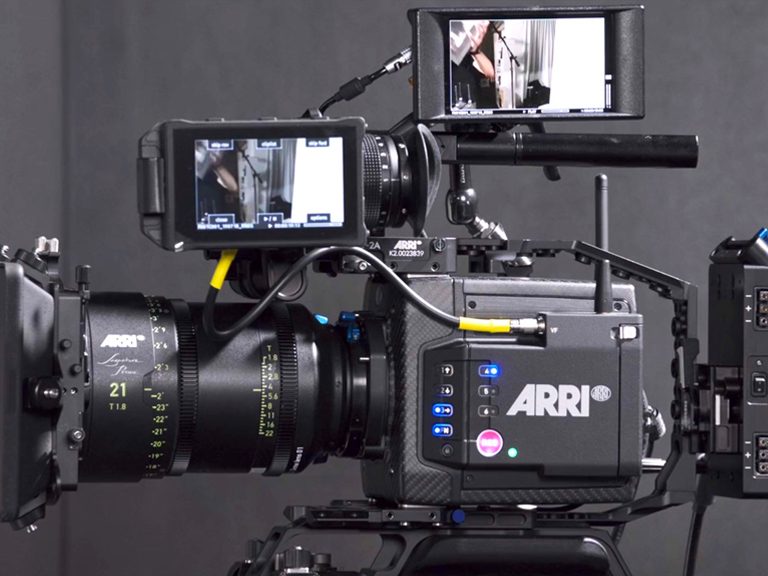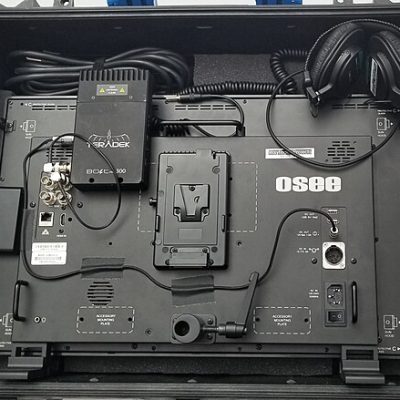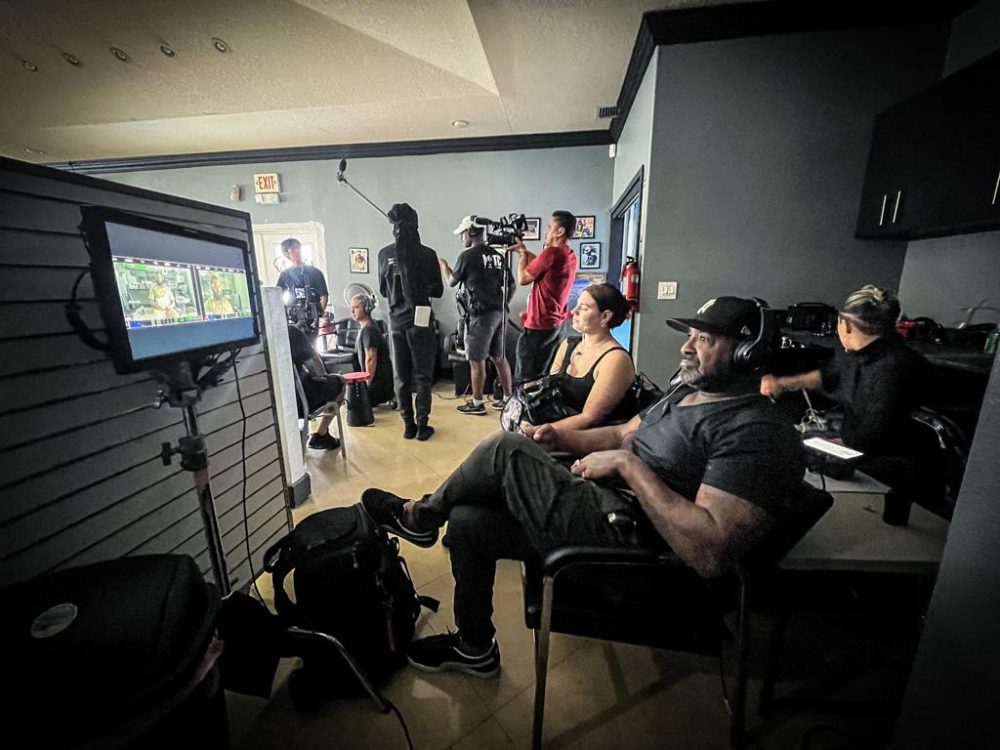Sitcoms, or situational comedies, have been a staple of television for decades, providing audiences with laughter and entertainment. Producing a successful sitcom involves a careful blend of creative ingenuity, strategic planning, and a keen understanding of comedic timing. In this comprehensive guide, we explore the step-by-step process of how to produce a sitcom TV show, unraveling the key elements that contribute to the creation of a memorable and hilarious series. Read More
1. Conceptualization and Development:
The first step in producing a sitcom is conceptualizing a compelling and relatable premise. Consider the target audience and the themes that resonate with them. Whether it’s workplace antics, family dynamics, or a group of friends navigating life, a strong and unique concept forms the foundation of a successful sitcom.
2. Scriptwriting and Storyboarding:
Once the concept is established, the next crucial phase is scriptwriting. Collaborate with skilled writers to develop witty dialogue, humorous situations, and well-defined characters. Create a balance between overarching story arcs and episodic humor. Storyboarding helps visualize key scenes and ensures a cohesive flow of comedic elements throughout the series.
3. Casting and Character Development:
The success of a sitcom heavily relies on the chemistry among the cast members. Conduct auditions to select actors who can bring the characters to life and deliver comedic timing effectively. Develop well-rounded characters with distinct personalities, quirks, and relatable traits. The ensemble cast should complement each other, fostering a dynamic and humorous dynamic.
4. Pre-Production Planning:
Thorough pre-production planning is essential to ensure a smooth filming process. Develop a production timeline that includes script readings, rehearsals, set design, and costume fittings. Coordinate with the production team to establish a clear understanding of the comedic tone, pacing, and visual elements that will contribute to the humor of the show.
 5. Set Design and Costume Selection:
5. Set Design and Costume Selection:
Create a visually engaging and vibrant set that complements the sitcom’s theme. Consider the color palette, furniture, and props to enhance the comedic atmosphere. Costume selection should reflect the characters’ personalities and contribute to the overall humor. Attention to detail in set design and costumes adds an extra layer to the comedic experience.
6. Filming and Direction:
During the filming phase, work closely with the director to bring the script to life. Focus on capturing comedic timing through effective camera angles, pacing, and visual gags. Allow room for improvisation, as spontaneous moments often contribute to the authenticity of the humor. The director’s expertise in guiding the actors and shaping the visual narrative is crucial for the success of the sitcom.
7. Post-Production Editing:
The post-production phase is where the magic of editing comes into play. Work with skilled editors to fine-tune the comedic timing, pacing, and overall flow of each episode. Trim unnecessary scenes and ensure that the jokes land effectively. Pay attention to sound effects and background music to enhance the comedic atmosphere. Post-production editing is the polishing stage that refines the sitcom’s final presentation.
8. Test Screenings and Audience Feedback:
Before the sitcom is released to a wider audience, conduct test screenings with a diverse group of viewers. Collect feedback on the humor, character dynamics, and overall appeal. Use this information to make necessary adjustments to ensure that the sitcom resonates with its intended audience. Incorporating audience feedback is a valuable step in refining the comedic elements of the show.
9. Marketing and Promotion:
Develop a robust marketing strategy to create anticipation for the sitcom. Utilize social media, teaser trailers, and promotional events to generate buzz. Highlight the unique comedic elements, memorable characters, and any notable guest appearances. Engage with the audience through humor-infused marketing campaigns that reflect the sitcom’s tone.
10. Premiere and Continuous Evaluation:
Launch the sitcom with a well-publicized premiere. Monitor audience reactions, ratings, and reviews to gauge the show’s initial reception. Evaluate the sitcom’s performance continuously and be open to making adjustments based on viewer feedback. Comedy is subjective, and staying attuned to audience reactions helps in maintaining the show’s humor relevance.
Producing a sitcom TV show is a dynamic and collaborative process that demands a careful balance of creativity, planning, and execution. From the conceptualization and scriptwriting stages to casting, filming, and post-production, each step contributes to the overall success of the sitcom. Aspiring producers navigating the world of sitcoms must embrace the art of laughter, understanding the nuances of comedic timing, relatable characters, and engaging storylines. By following this comprehensive guide, producers can embark on the journey of creating a sitcom that not only entertains but leaves a lasting imprint of laughter on the audience.




















 5. Set Design and Costume Selection:
5. Set Design and Costume Selection:

















